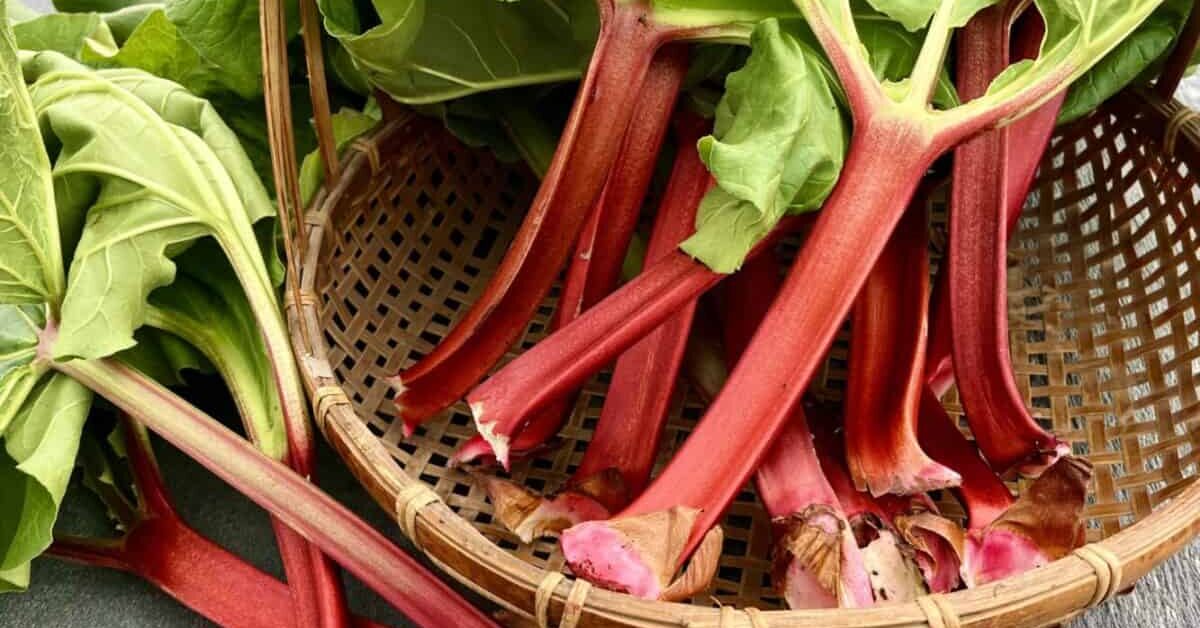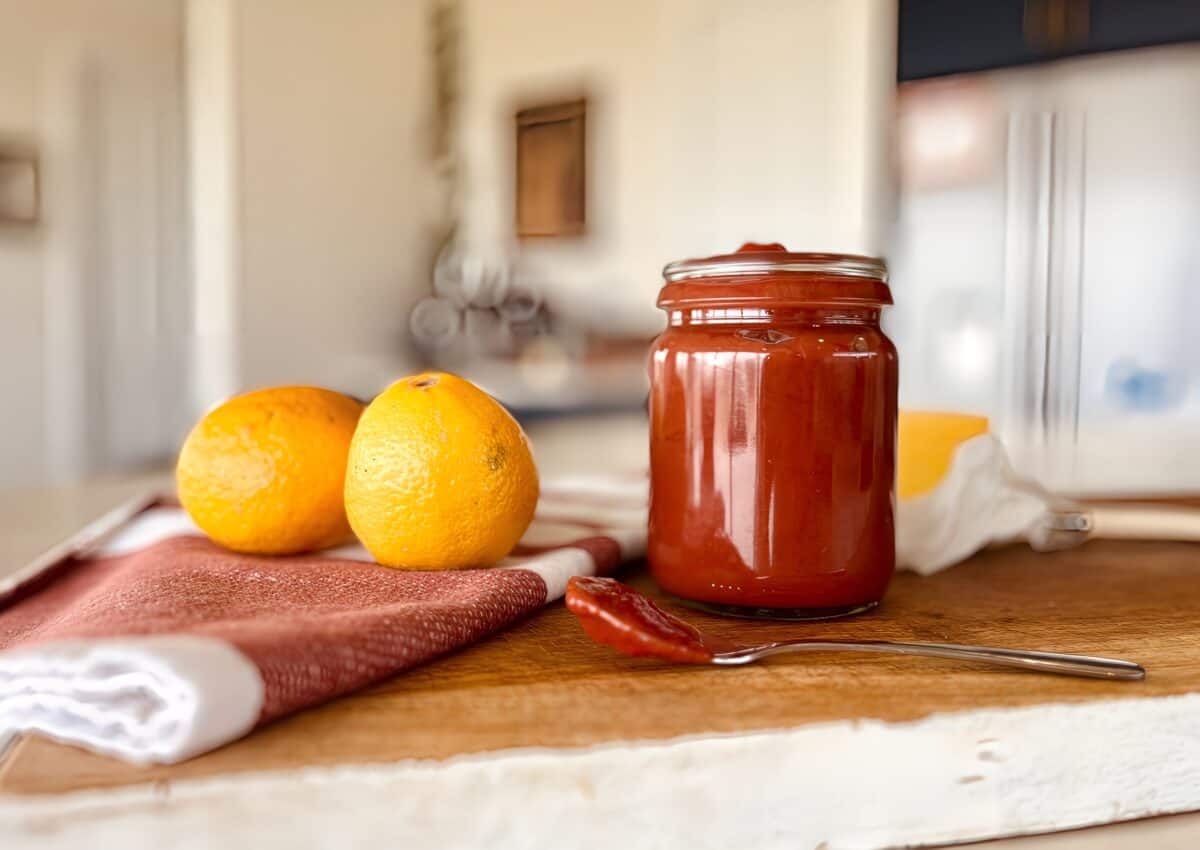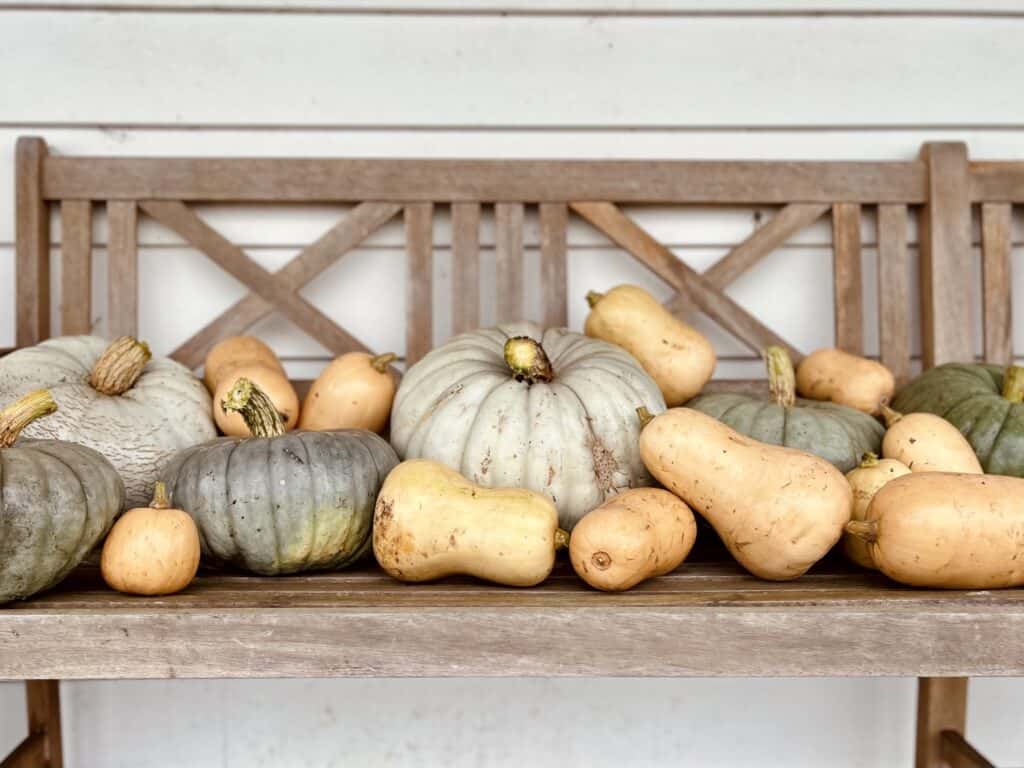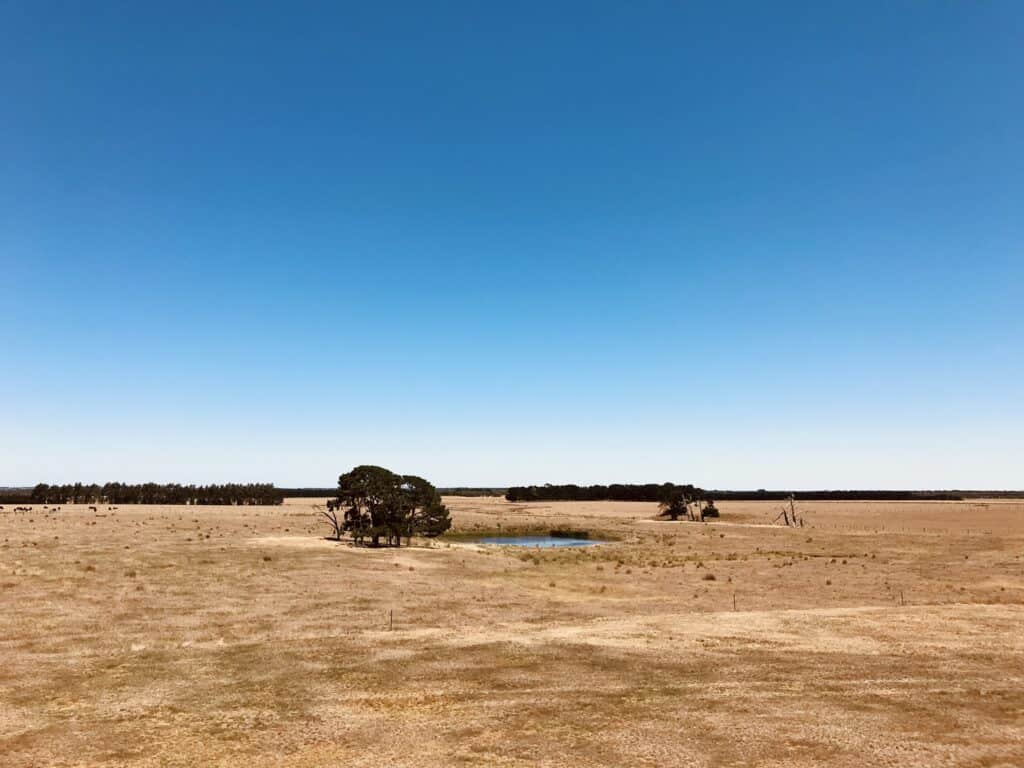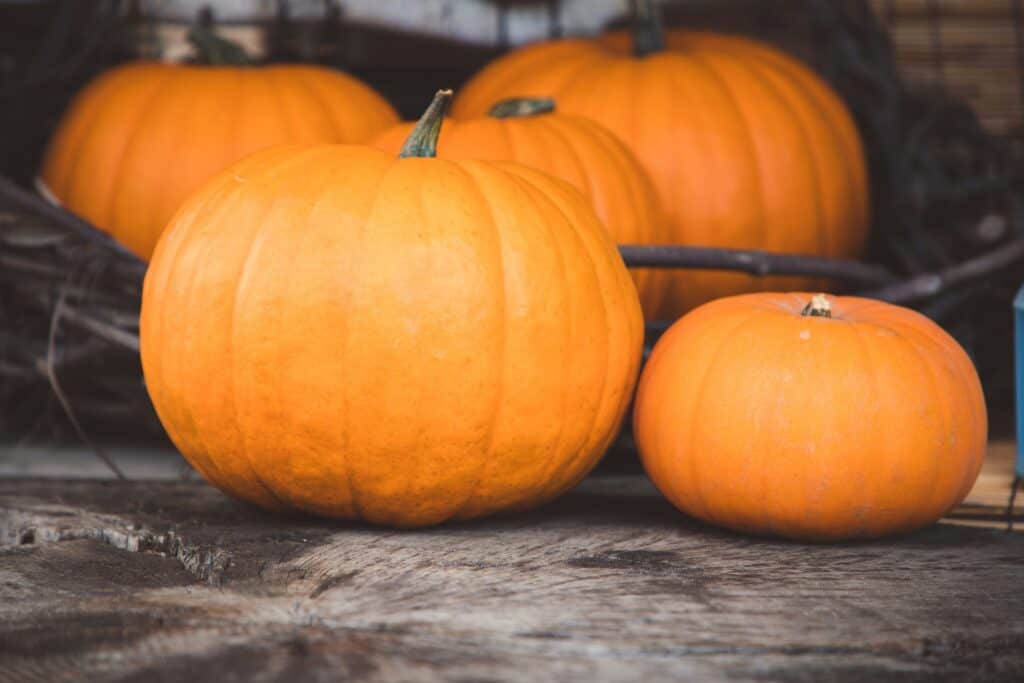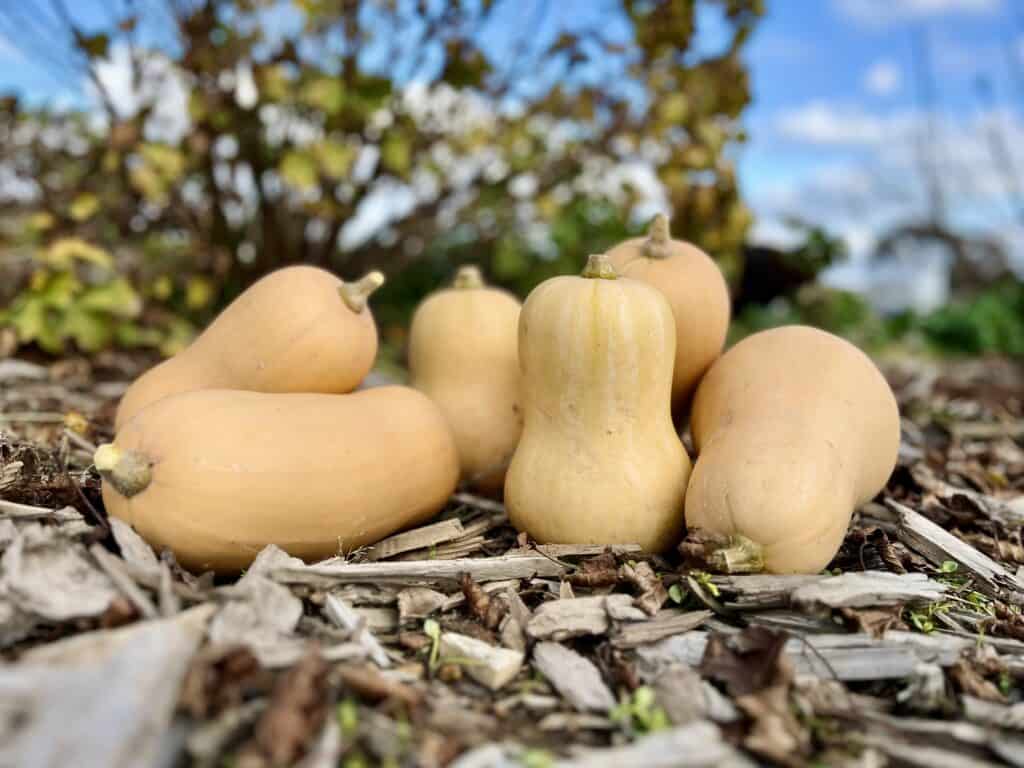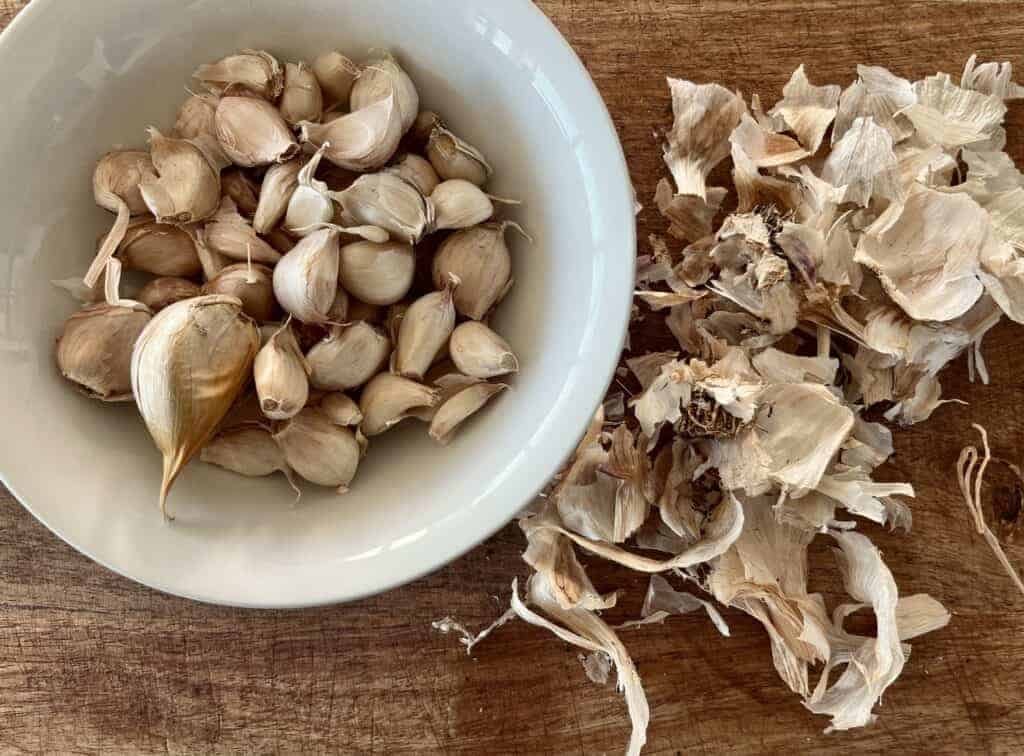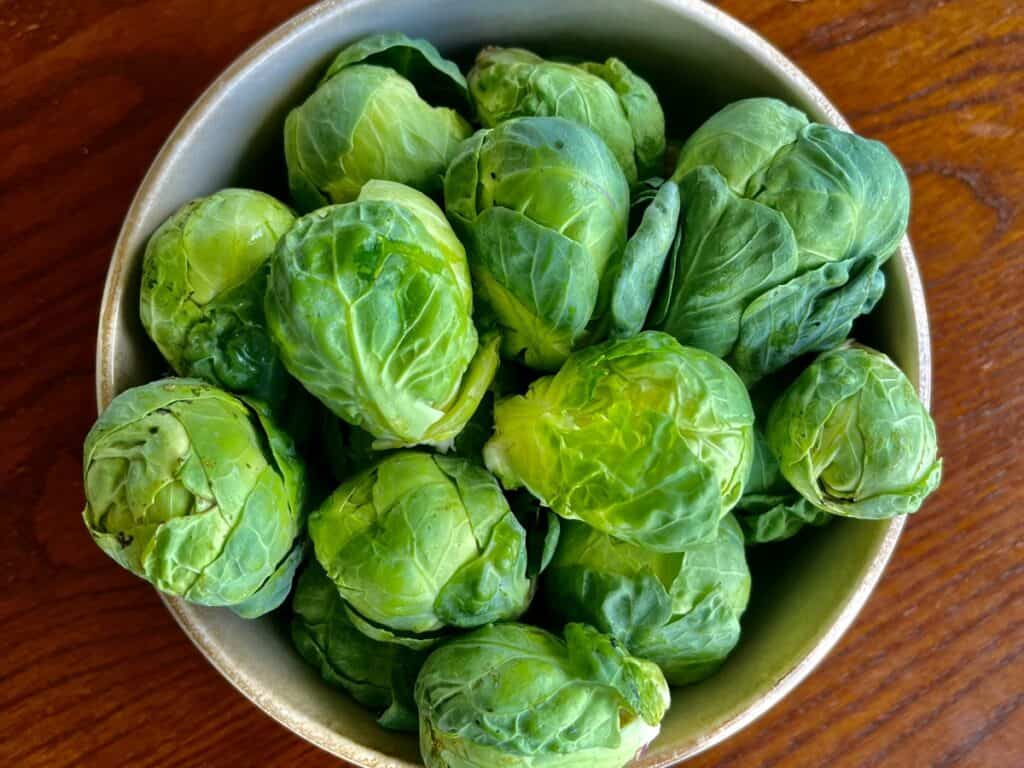How to grow rhubarb
This easy to grow and delicious to eat vegetable should have a place in all kitchen gardens. This article will explain how to grow rhubarb in your garden.
Rhubarb grows from rhizomes or ‘crowns’ that can be planted in the garden during winter when they are dormant. Stalks with huge leaves appear from the rhizome in early spring with most varieties slowly turning a beautiful crimson as they mature.
Rhubarb is a perennial vegetable, which means once planted it will grow back year after year. In fact it doesn’t just grow back, the plant multiplies from the rhizome resulting in an increasing crop size with age.
It is the stalks of the rhubarb that are edible, while the leaves are toxic and should never be consumed.
Used nearly exclusively in desserts, rhubarb, has a very distinct tart flavour that mellows during cooking. With the raw texture of crisp celery, rhubarb softens as it cooks. Baking, stewing or roasting rhubarb with fruits or sugars results in a perfect balance of tart and sweet.
For one of my favourite rhubarb recipes try my Rhubarb Coulis.
Read on for all my how to grow rhubarb tips from planting to harvest.
When to plant rhubarb
Rhubarb seed is sown in spring or summer in all but tropical temperate zones where you can sow seeds throughout most of the year with the exception of the peak summer months. Being a long lived perennial it is imperative that rhubarb is given the best chance to develop into a healthy plant before the first stalks are harvested. Don’t harvest anything in the first year. If the plant establishes well the second year should give you a modest crop and by the third year your rhubarb will meet its full productivity level.
The long period from seed to harvest is why most rhubarb is grown from a crown rather than seed. Rhubarb crowns are divisions of mature, vigorous parent plants that establish quickly and provide a crop within their first year. Most nurseries stock bareroot rhubarb crowns from midwinter through early spring dependant on the temperate zone.
Use the following table as a guide as to when the best time to plant rhubarb crowns is in your area.
How to plant rhubarb
Rhubarb is a perennial vegetable, meaning they live for multiple years without needing replacement. Some varieties can live and produce a good crop for up to 15 years. When planting rhubarb take this into consideration when choosing a location.
Rhubarb requires a sunny spot in the garden, usually most productive with at least 6 hours of sun a day. They wilt and stalks can die if they are exposed to very hot direct sun for extended periods. The soil should be moist but never waterlogged as rhubarb crowns rot easily. A rhubarb lacking water is easy to spot in the garden as the usually upright stalks and skyward facing leaves will bow.
Rhubarb does best planted in well drained soil that has been enriched with organic matter.
Sowing seed
Seeds can be sown directly into the garden they are to remain or into seedling containers if the temperature is too cold before transplanting to the garden as 6-7cm seedlings.
Seeds are generally sown at a depth of 12mm; their spacing will be dictated by the variety of rhubarb you are growing. General rule of thumb is individual plants should be no closer than 70cm.
Planting crowns
Plant crowns directly into the garden with spacings of approximately 70cm. When planting ensure that the rhubarb crown sits just above the soil level. The crown is the part of the plant where the roots meet the stalks. If the crown itself sits low in the soil it is prone to rotting.
I purchase most of my seeds from The Seed Collection. They have a huge variety of seeds and post to most parts of Australia. Rhubarb crowns can also be purchased from The Seed Collection for a limited time leading into winter.
How to tend rhubarb
Once established and grown in the right location rhubarb require very little care. The most troublesome problems are rot from soil that remains to wet or being eaten by snails and slugs.
In cold climates rhubarb stalks will die back coming into winter as the plant goes into dormancy. The plant will remain dormant until early spring when the stalks shoot up from the crown.
Add compost to the soil in winter or early spring to promote spring growth. During the growing season keep the soil moist but not wet.
Rhubarb multiplies from the rhizome (crown), over time this can result in the plant losing vigour and becoming spindly with less stalks. It is advised to divid the crown every 5 or so years to encourage healthy growth. As a result you will also have additional rhubarb crowns to plant.
When dividing rhubarb, dig up the entire crown during winter when it is dormant. Using a sharp spade or kitchen knife cut the crown into parts, each with at least three buds and a good set of roots attached. Remove the woody centre and replant the new divisions. Avoid harvesting from the new plants in the first year.

How to harvest rhubarb
Rhubarb grow from a crown can be safely harvested one to two years after planting, while seed grown rhubarb should be left until its third year to harvest.
Don’t rely on the stalks colour to determine when they are ready for harvest. Although most stalks will blush pink or red once mature this is not true of all varieties, some remain green. Instead harvest the stalks when they have reached 20cm in length.
When harvesting pull the outer stalks with a quick tug to release it from the crown. Never cut a stalk off the crown and don’t remove the centre stalks. It’s also important to never remove all the stalks on a single crown.
Remember, rhubarb leaves are poisonous so they must be removed. They can be safely composted.
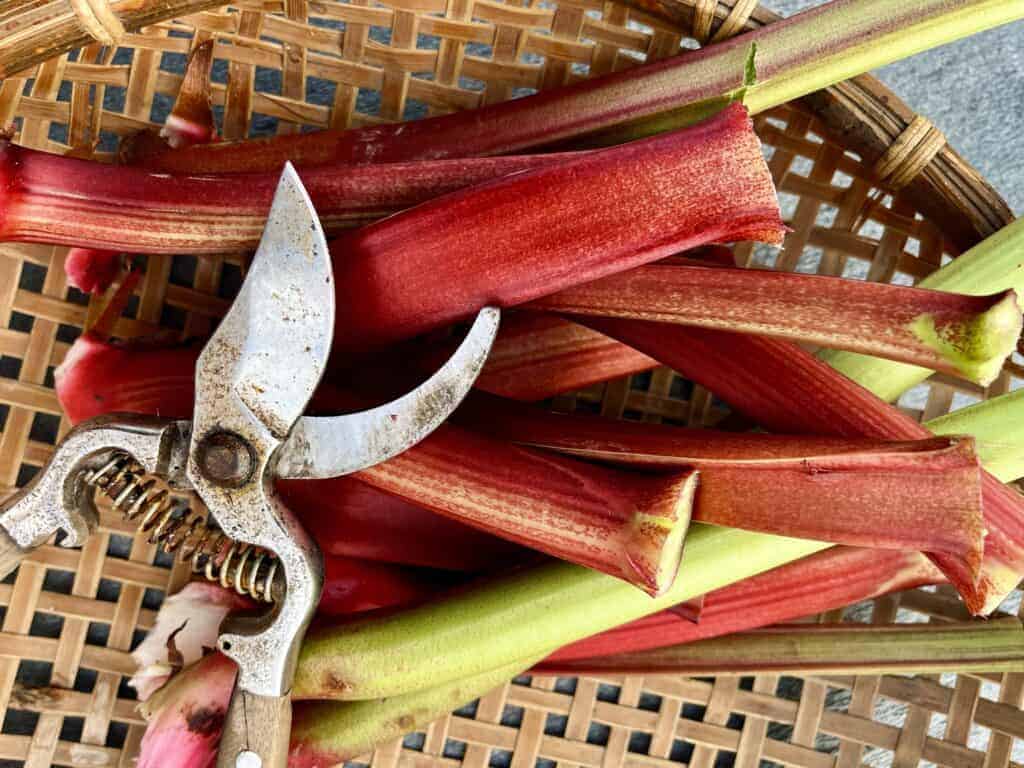
How to store rhubarb
Rhubarb, like any vegetable, is best used within a few days of harvest.
If you are wanting to store a large harvest, wrap the stalks in plastic wrap and store in the fridge for up to 3 weeks. The ends of the rhubarb may curl a little, this is fine.
Alternatively, you can wrap the rhubarb in plastic wrap and freeze. Rhubarb can last up to a year in the freezer.
I personally like to process my rhubarb into compote, coulis or pie filling and then store it.
Rhubarb recipes
Rhubarb Coulis
Share
